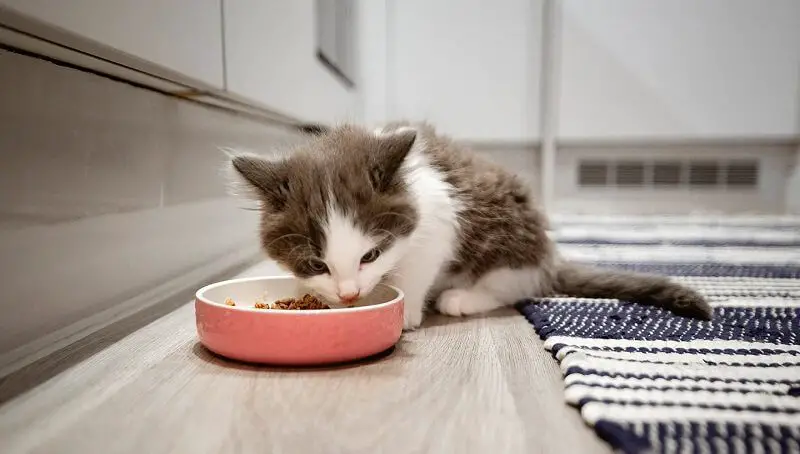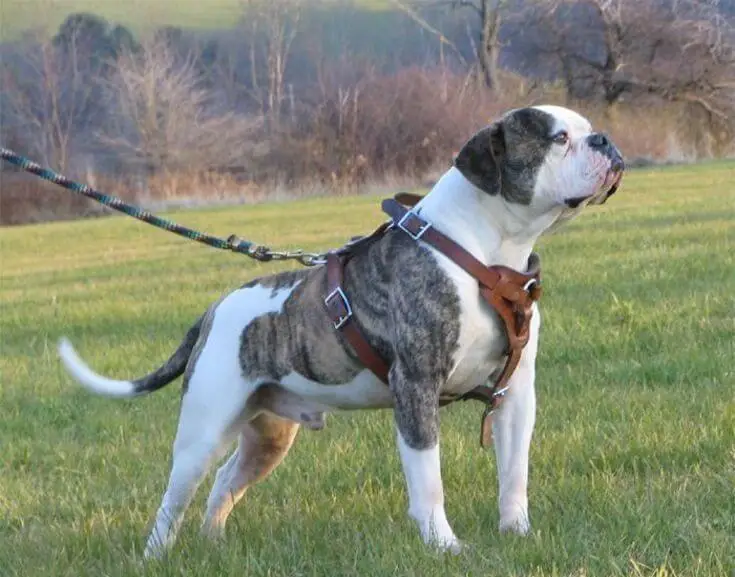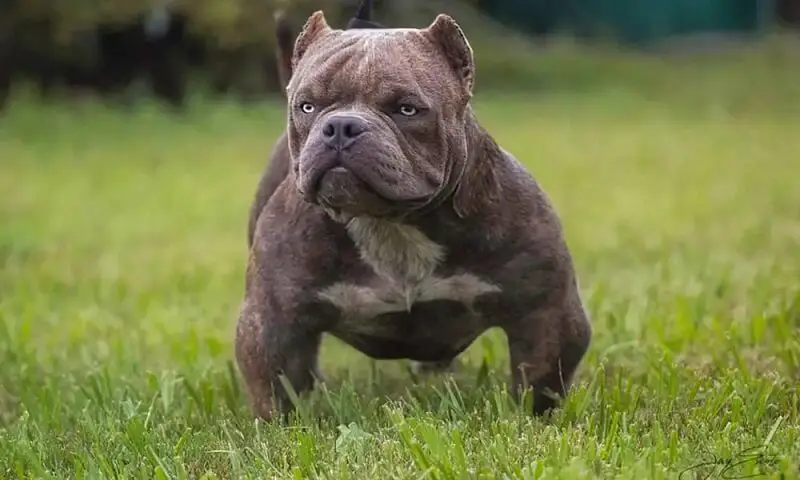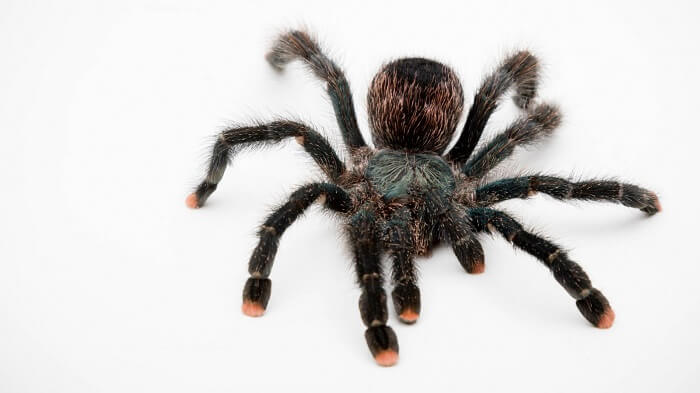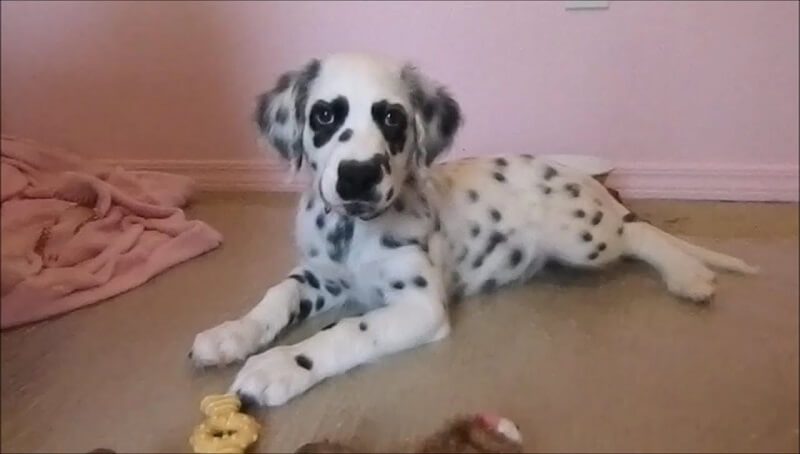Taking care of your kitten is not very different from caring for a puppy and, to some extent, even caring for a baby. You will really have to consider the food it will eat, as its diet is one of the most important parts of its needs and a foundation for its optimum development and growth. Several very important factors will make feeding kittens pretty complicated. One of the most important factors is knowing exactly how much food will your kitten need so you don’t overfeed or starve the animal.
Nutrient Requirements of Kittens
Keep in mind that, just like all other mammals, a cat will also see important growth and development through its first year of life. For kittens, their weight typically doubles or even triples in just a matter of a few weeks after birth. This important growth will require a considerable amount of energy. This is why kittens will require a lot of energy and will take most of their energy from the food they eat. As you might expect, they won’t be able to take all of the needed calories from a single meal. As they reach adulthood, they will move to one to two meals per day, but while they are young, they will year three to four times per day.
You might also like my articles on whether cats can eat raspberries, mayo, or cinnamon.
While their muscles and nervous system are developing, kittens will also require more amino acids, vitamins, minerals, and protein. Most experts will agree that kittens will get over 30% of their whole energy needs from proteins found in food. This, of course, comes as an additional function, the main one being to create a structural building block. Although the amount of food needed will be lower, in terms of fats, most vitamins, and fatty acids, the required amount will be the same for kittens and adult cats.
This is why some people actually resort to feeding kittens with adult cat food. This isn’t necessarily the best solution, kittens and adult cats will usually require different amounts of nutrients than kittens.
Wet Food or Dry Food?
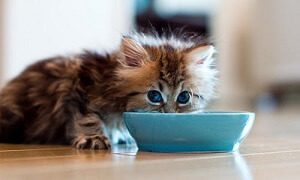 One of the main issues when it comes to dry cat food for kittens is that their small teeth might have a hard time breaking down the hard kibbles into smaller pieces. It will also come with considerably less moisture than what is recommended for a kitten to meet its hydration needs. If you’re set on giving your kitten dry cat food, then you should, at the very least, soften it with water, to make it easier for the pet to chew on it properly and give it some needed hydration as well.
One of the main issues when it comes to dry cat food for kittens is that their small teeth might have a hard time breaking down the hard kibbles into smaller pieces. It will also come with considerably less moisture than what is recommended for a kitten to meet its hydration needs. If you’re set on giving your kitten dry cat food, then you should, at the very least, soften it with water, to make it easier for the pet to chew on it properly and give it some needed hydration as well.
A better alternative, of course, will be to just give kittens canned wet foods, which are usually seen as more nutrient-dense and overall better than dry food. These will usually not only taste better but will also come with a lot more moisture. One of the few downsides is that wet food will usually be a little more expensive. This is why, as a fix-all solution, some owners will usually combine dry food with wet food. This will give more balance to the diet while also keeping the price in check.
If you’re going for wet canned kitten food, then you should feed your kitty at least 4 times per day. When going for a combination of dry food and wet food for your kitten, feeding it just two to three times per day will usually be enough.
Different Feeding Stages For a Kitten
This simple guide will help you understand how much food will your kitten need.
- The first 0 to 4 weeks
The best food for kittens that are this young is breast milk from their mom. If this isn’t possible, you will have to hand-feed the kitten with milk from a bottle. When feeding your pet with a bottle, the recommended amount will be 8 mL of milk formula per ounce of the kitten’s body weight.
- 4 to 8 weeks
You can start adding dry kitten food into the mix. More exactly, you will mix 1 part of dry food with 3 parts of kitten milk replacement. This combination will only be given for the first week. The next week, you will mix one part of dry food with two parts of milk replacement. As you can see, you’re aiming at slowly reducing the amount of milk replacement that the cat will ingest.
- 2 to 3 months
This month will be a period in which you will feed your kitten around 4 times a day. You will give it 1/3 to 3/4 cup on each feeding. This is because it still has too small of a tummy to keep the needed amount of food to receive the needed amounts of nutrients to properly develop.
- 3 to 6 months
This is when you can slowly move to a diet of 1/3 to 1 cup of kitten food, per feeding, three times each day. When feeding it with wet food, you should give it around 1/3 of a 3-ounce can, which means two ounces of food per pound of body weight of the animal, on a daily basis.
- 6 to 12 months
You should give it around half of a 3-ounce can of kitten food per pound of body weight each day.
When in doubt, it’s always better to just talk to your vet about the best amount of food to give to a cat based on its age. He will have the necessary knowledge to understand the needs of your kitten when it comes to food.
